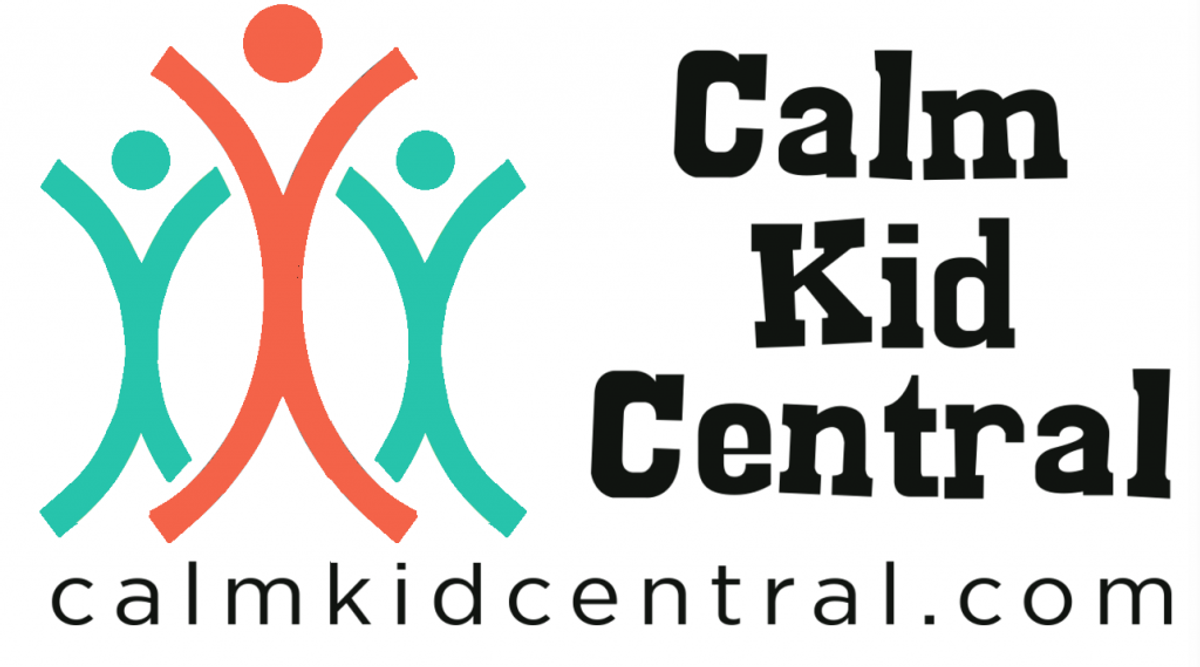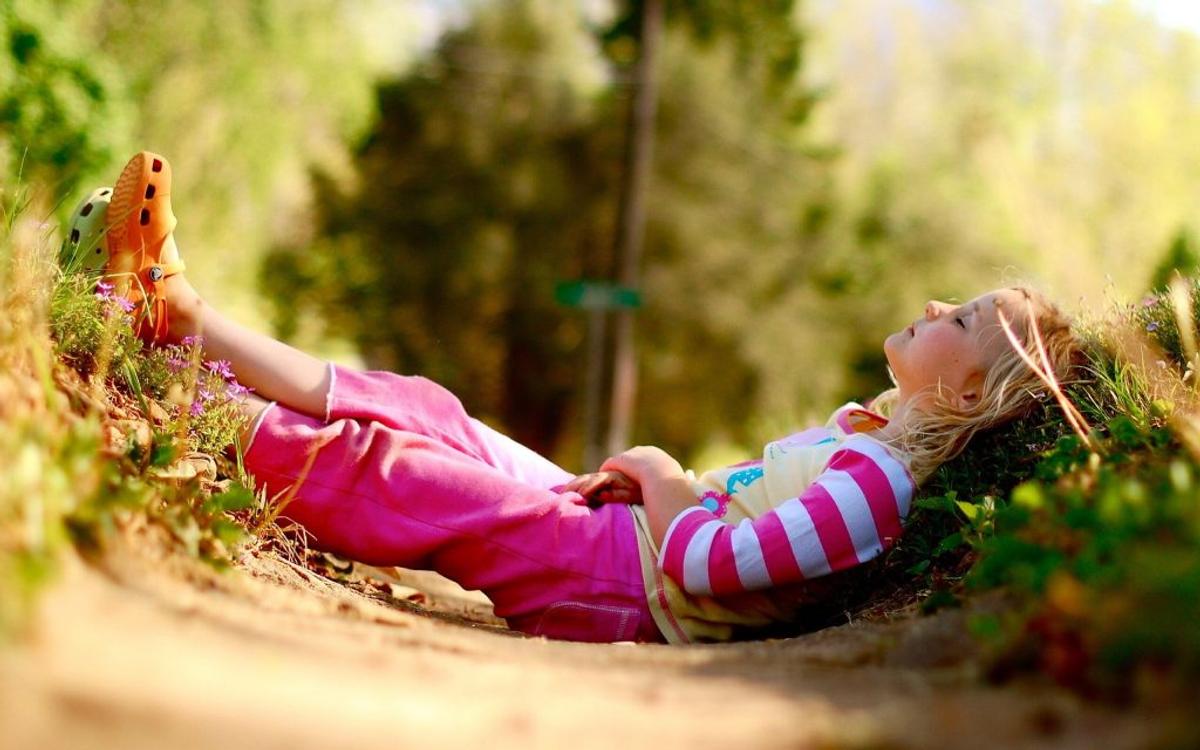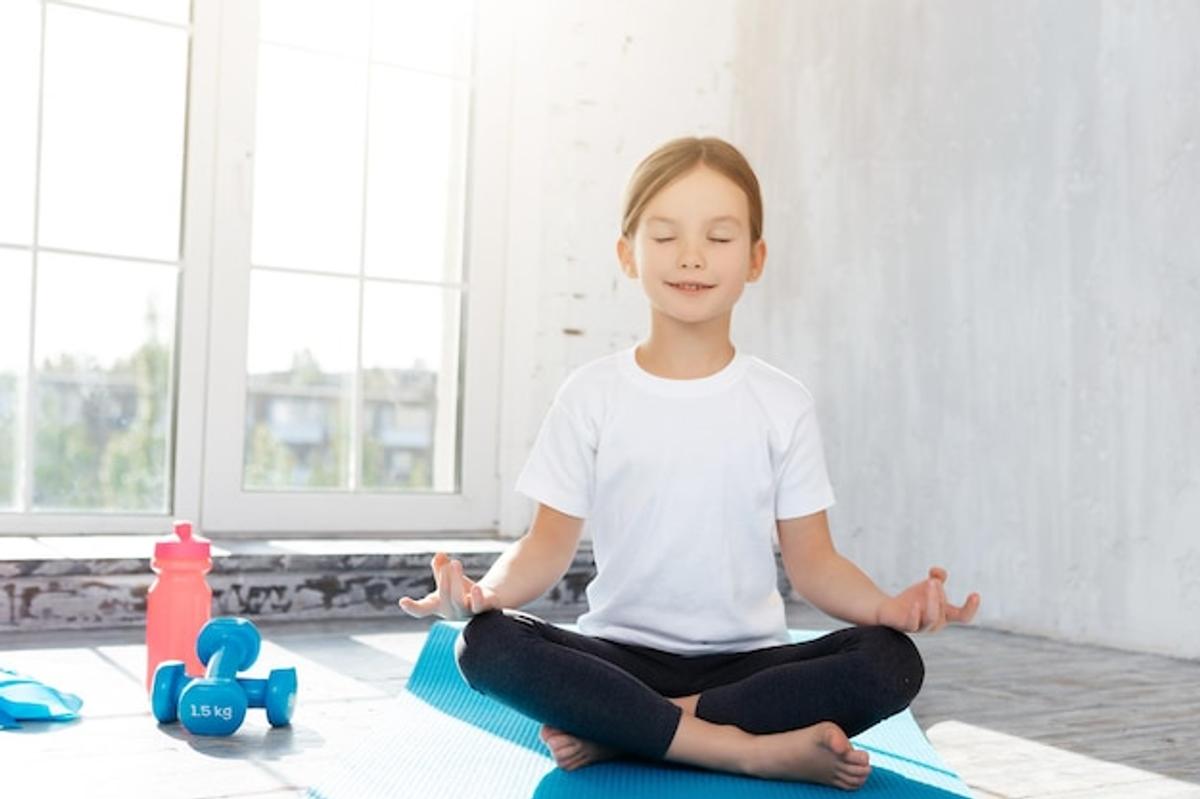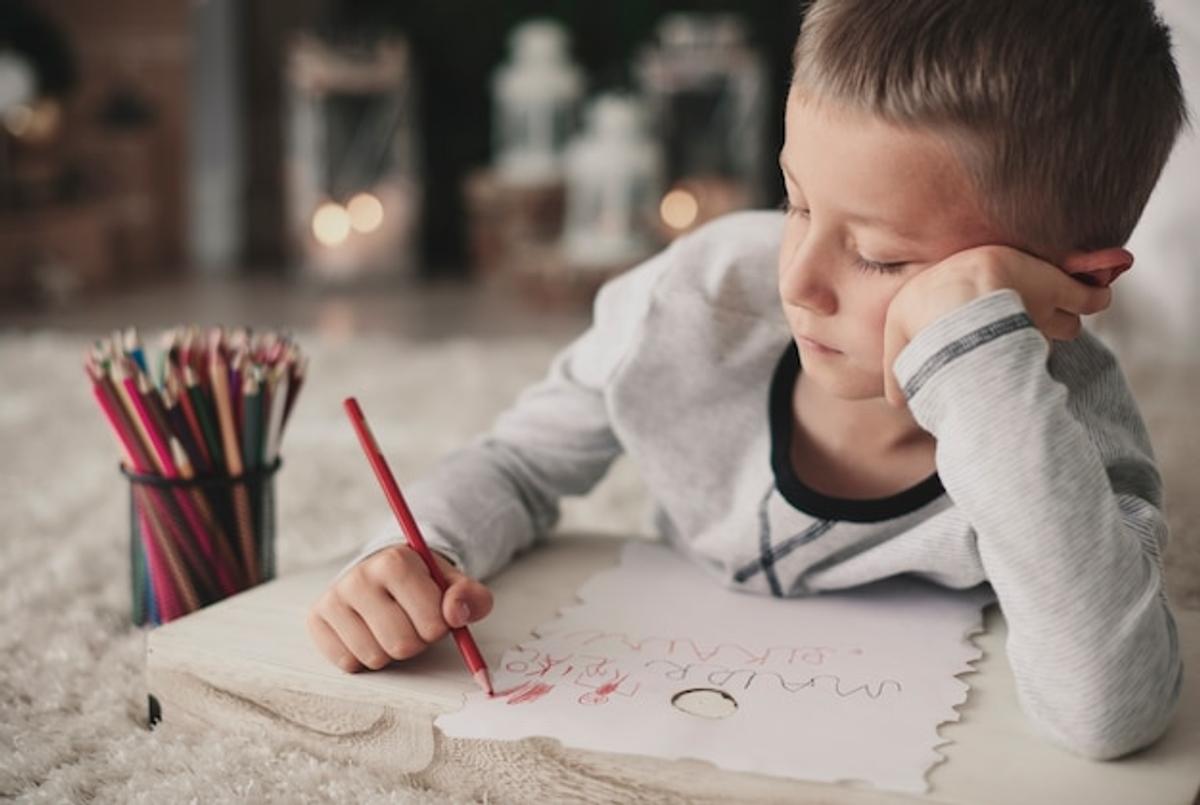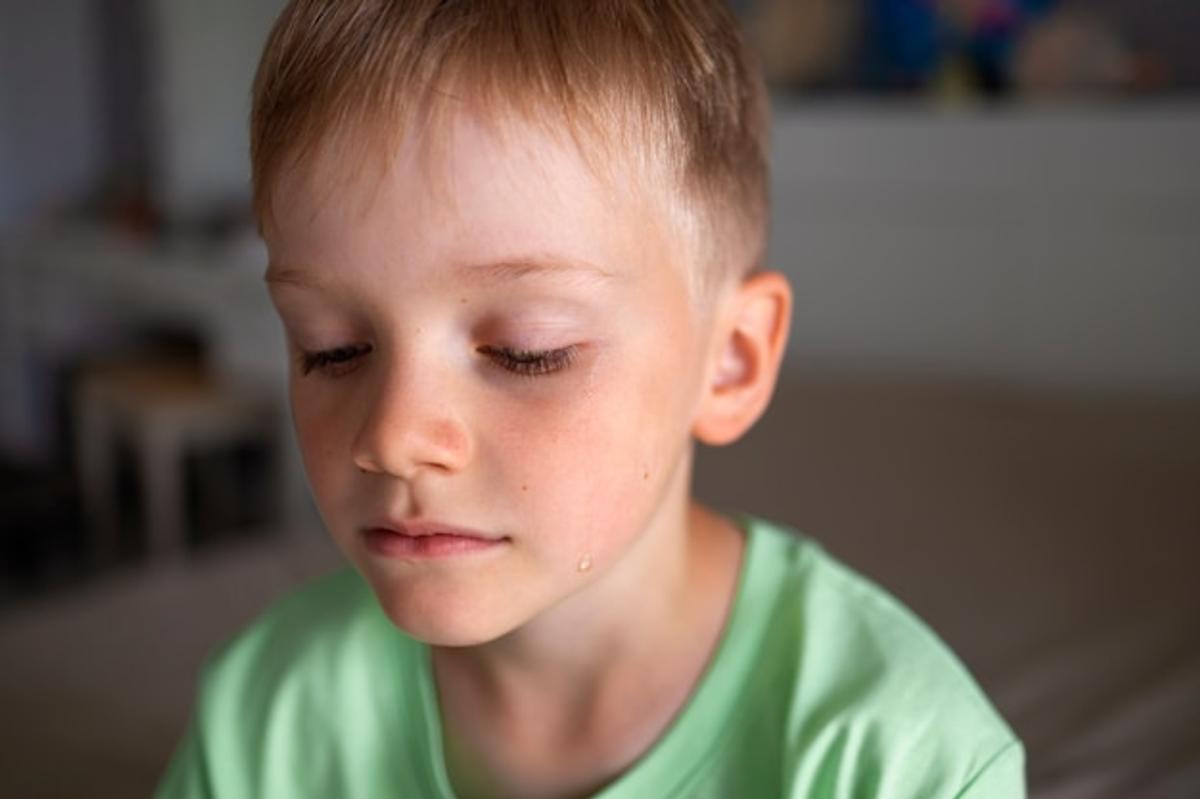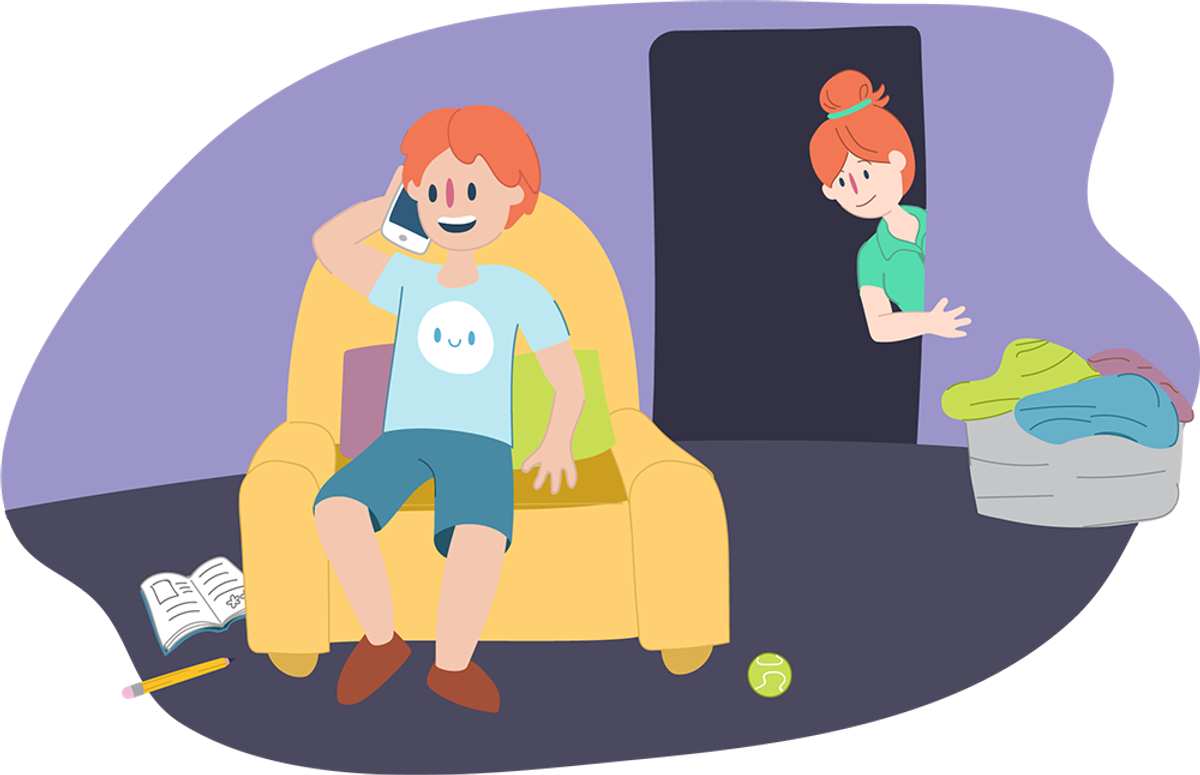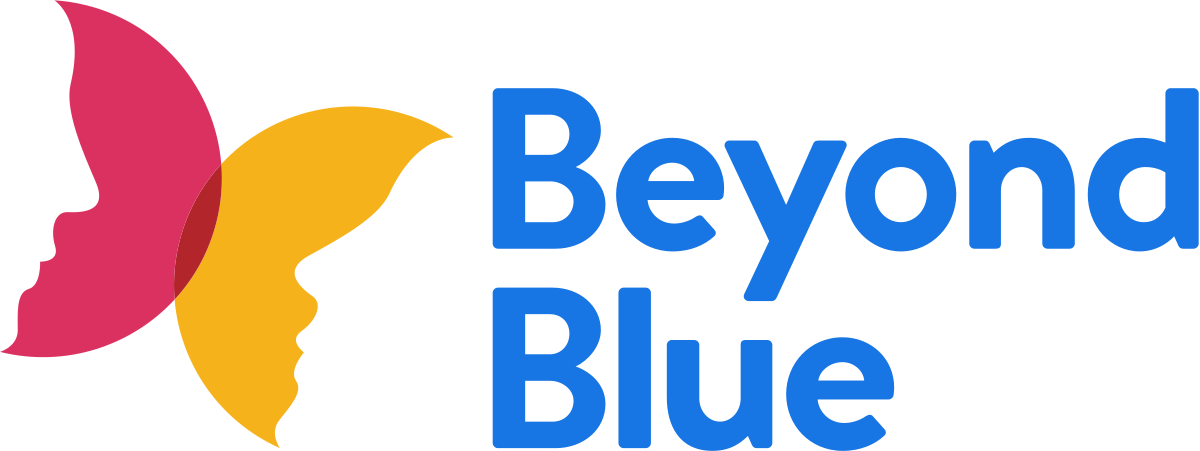Being Well at Magill
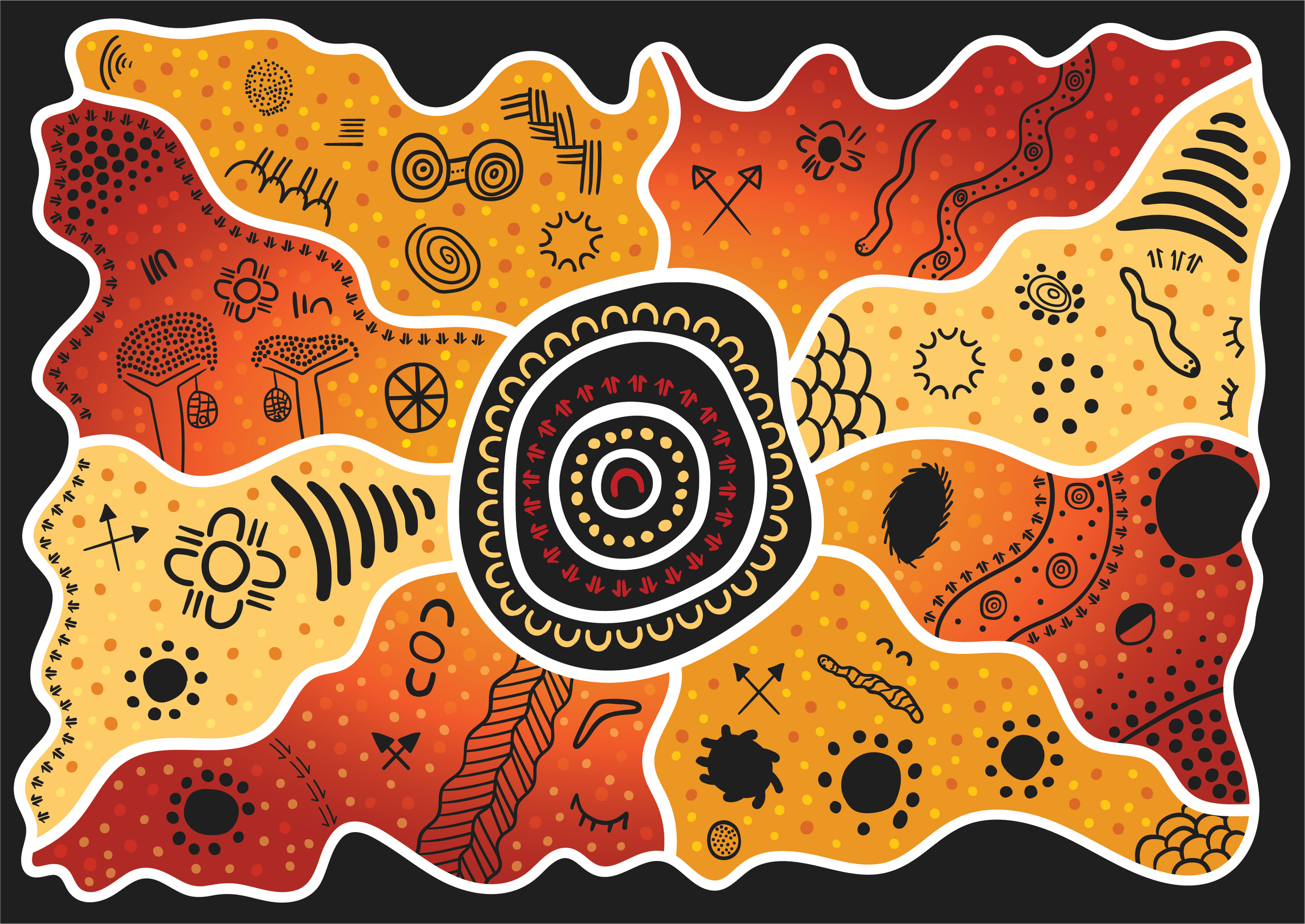
How can we help our children to use relaxation techniques effectively?
Run by a group of Adelaide based psychologists, Calm Kid Central
(https://www.calmkidcentral.com/free-articles/) is an excellent website if you are looking for advice or parenting tips for yourself and your child. Below is an article illustrating how to help your child relax; it provides a lot of practical advice. Many of the strategies referred to here are what we use at Magill School, through programs such as 'Mind Up', or when assisting children in problem resolution.
Should we use relaxation based techniques with children and young people?
Many years of research with many different populations find benefits of relaxation programs are compelling enough for it to be an important tool to use to support young people.
When children develop skills to be able to notice their tension, know how to breathe deeply through a stressful situation, and relax their tense muscles when they are angry or anxious – they do better in many situations.
As with any technique/strategy, it is important they are used carefully. Here are 4 tips when using Relaxation techniques.
- We should explain why we want children to relax their body
Children that know why it is important to pay attention to and relax their bodies are more likely to be motivated to do this over their life time and sustain this practice.
We need to explain to them how and why it helps them. This means saying things like:
“Relaxing your body helps us because……….”“When we slow our breathing down…………..happens ”“I like to try to slow my breathing down because……………….”
- We should teach short and fast relaxation based strategies for children
Long and sustained meditation practices are usually impossible for young children. Use exercises with junior primary aged children which are 60 seconds or less. Primary aged children can usually cope with a couple of minutes and adolescents can manage slightly longer periods of time.
- Relaxation strategies for children/teens should be easy and simple
Any strategy we want children to use regularly, and in stressful situations needs to be really simple and well explained.
Using two steps to assist a body relax: a) slow breathing and b) floppy muscles. Teach children to do both these steps – separately and then together. Other programs and approaches help children to “notice” their body or think about what they can hear, see or feel. Other programs use imagery to help them relax. Other programs might use a mindfulness based exercise (eg drawing mindfully) to help them relax.
It’s great to give young people an option as to how they might relax their body (we can ask them what works for them) but whatever technique or strategy is used – it must be simple, or children will not be able to do it themselves when they need it.
- We need to help children practice relaxation – and to do this when they are calm
Practice makes the difference. We can’t just explain this once and then expect young people to know how to do this. It is a skill which needs repeating regularly. Build in practice of this skill in different ways, for example:
- Providing a record sheet for children to monitor how often they’ve practiced in the first few weeks
- Help children to set a time of day they will practice
- Starting or finishing sessions with a relaxation exercise
- Helping families set reminders on phone/ipads etc
- We need to help children use relaxation in stressful situations and when they notice themselves tense, worried or stressed.
If children can use a relaxation technique in a situation which makes them stressed, angry or worried, they are likely to experience benefits. However most children need help remembering to do this, and to be motivated to do this.
This is not easy. Did you practice relaxing your body last time you felt stressed? Even for us as adults this is hard to remember (or want to) do. We need to assist children to do this. This might be a verbal (gentle) reminder:
“Before we talk about this, would you take a big breathe with me”
“What might help you relax your body right now? Can I help?”
Bottom line?
Relaxation procedures and strategies for young people should be included as a component of what we do to support them to manage anxiety, frustration and other challenges. It is going to be most effective when we teach children. It is also going to be most effective if we help children find ways to practice it regularly, and when we brainstorm with them as to how they can remember (and be motivated) to use it at stressful trigger points.
As we progress through term 4, children are beginning to think about their new classes and teachers next year. They might need some help working through the many emotions being experienced during this time of change. Check out ‘Calm kid Central’ website for more fabulous articles which may help.
Erica Teumohenga
Assistant Principal Wellbeing
KidsHelpline: 1800 551 800
Beyond Blue: 1300 224 636
Lifeline: 13 11 14


